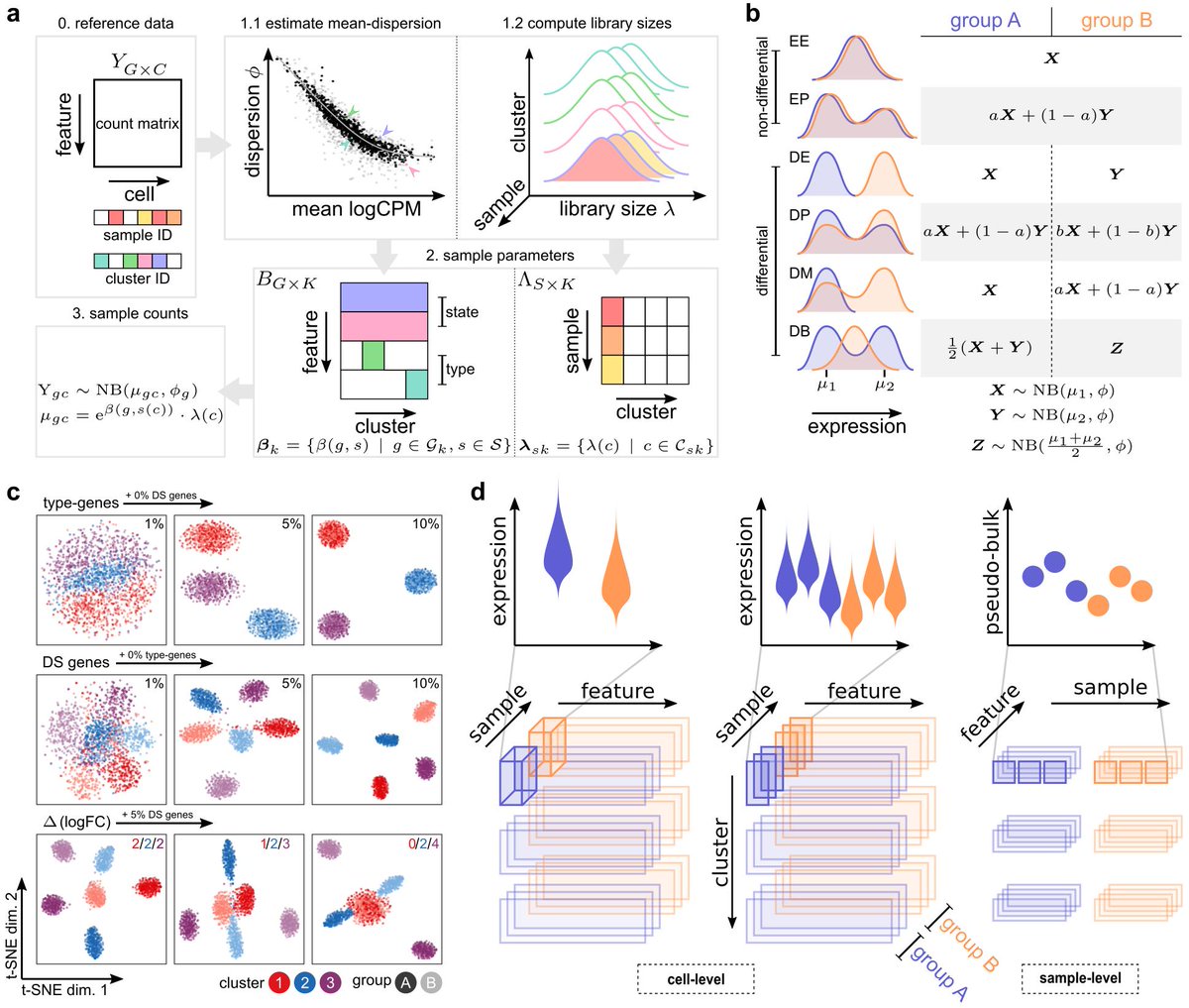First hurdle was simulating data in a way that we maintain properties of scRNA-seq but also considers sample-to-sample variability.

Code: bit.ly/2Mj9mXB
Feedback welcome!
I will speak about this at #JSM2019 next week and we have a workshop on the topic @BC2Conference ..






